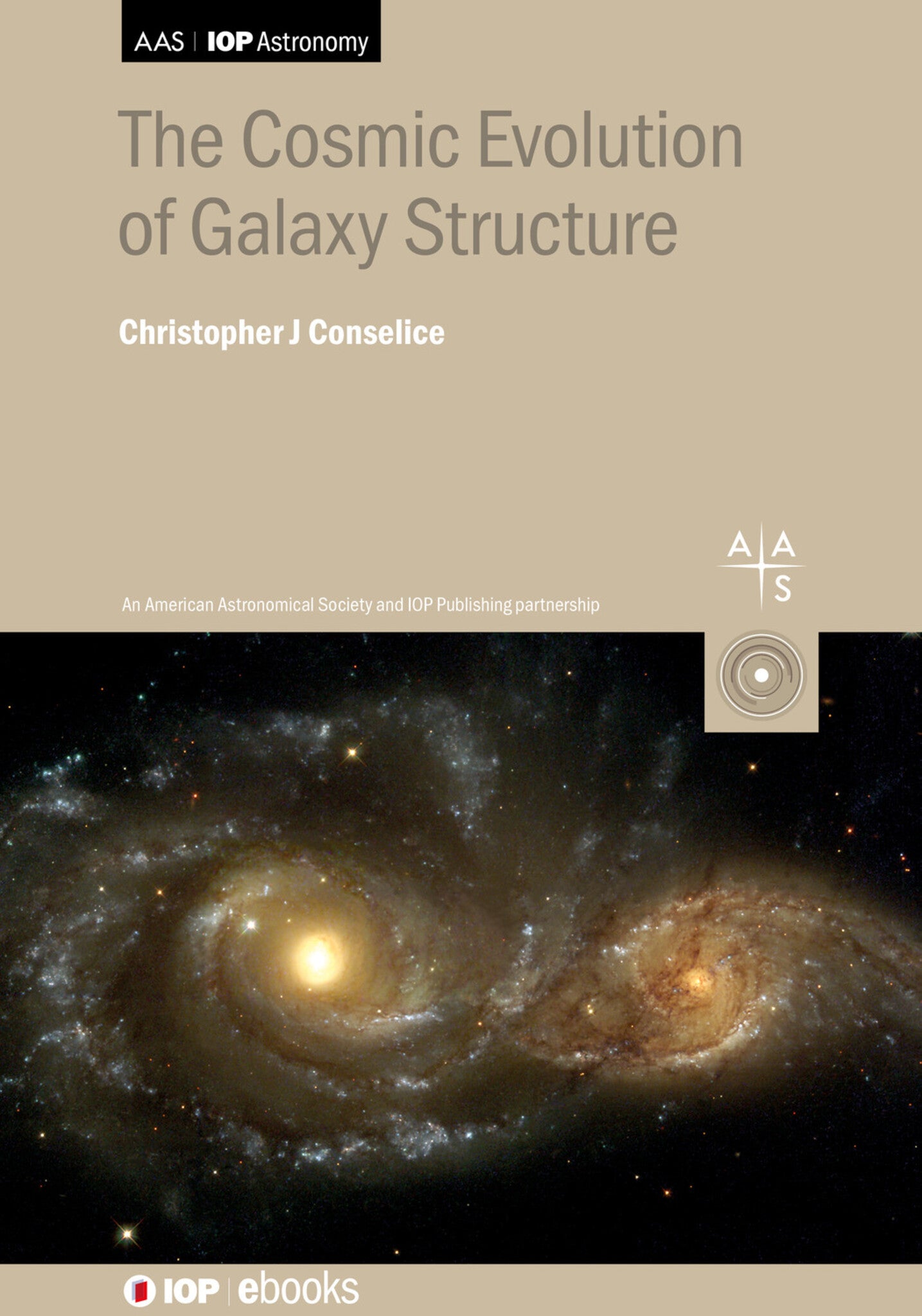We're sorry. An error has occurred
Please cancel or retry.
The Cosmic Evolution of Galaxy Structure

Some error occured while loading the Quick View. Please close the Quick View and try reloading the page.
Couldn't load pickup availability
- Format:
-
29 December 2020

Galaxies are the fundamental units of cosmic matter that make up the universe and they change in remarkable ways over 13.7 billion years of cosmic time. We are just now discovering how galaxies we can see over these billions of years are evolving from small, star forming systems to larger, more massive and passive systems at later times. This book explains the structural evolution of galaxies, how we measure it, how these measurements change with time, and how observing this reveals important information about galaxy formation and evolution. It also explains the future of the field through the use of machine learning tools, and how galaxy structure can be used as a new approach to measure unique features of the universe, such as cosmological properties and parameters.
Key Features

SCIENCE / Space Science / Astronomy, Galaxies and stars

This interesting monograph provides a personal view of the links between observed properties of galaxies, in terms of both their internal structures and constituents, and their relationship with larger structures and neighbours, in order to try to infer details of the build-up of stars and the recycling of gas within the observed galaxies, and their ultimate appearance today.
Andrew Blain. October 2021 The Observatory Magazine
Support for some of the research presented here came from STFC, NASA, NSF and the Leverhulme Trust and other national and international funding agencies.
Preface
Author Biography
1 Introduction
2 Galaxy Structure and its Meaning
3 Measuring Galaxy Structures
4 The Distant Universe
5 Physical Evolution of Galaxy Structure
6 Secondary Products of Evolution
7 Applications of Structural Evolution
8 The Present and Future



